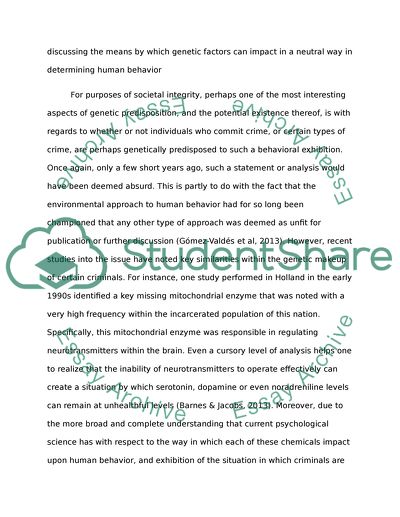Cite this document
(“Critically evaluate the evidence for genetic contributions to a chosen Essay”, n.d.)
Retrieved from https://studentshare.org/psychology/1482891-critically-evaluate-the-evidence-for-genetic
Retrieved from https://studentshare.org/psychology/1482891-critically-evaluate-the-evidence-for-genetic
(Critically Evaluate the Evidence for Genetic Contributions to a Chosen Essay)
https://studentshare.org/psychology/1482891-critically-evaluate-the-evidence-for-genetic.
https://studentshare.org/psychology/1482891-critically-evaluate-the-evidence-for-genetic.
“Critically Evaluate the Evidence for Genetic Contributions to a Chosen Essay”, n.d. https://studentshare.org/psychology/1482891-critically-evaluate-the-evidence-for-genetic.


